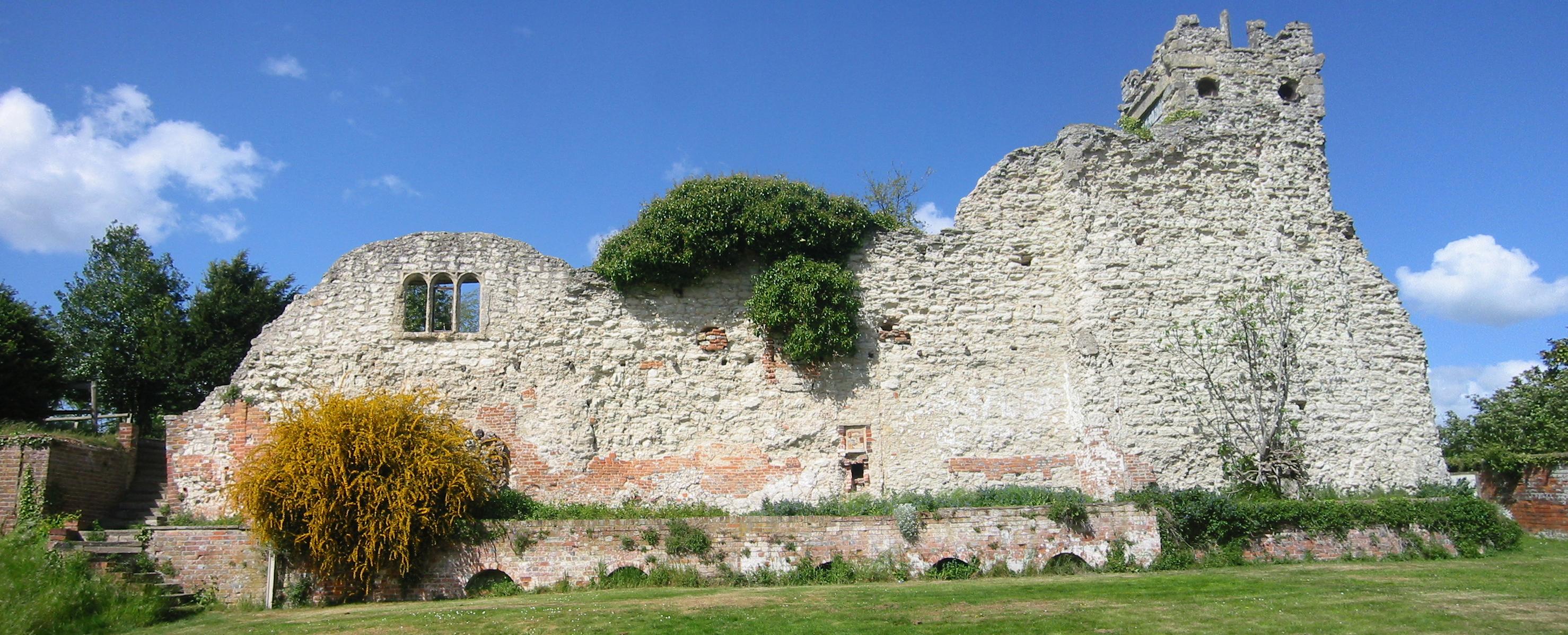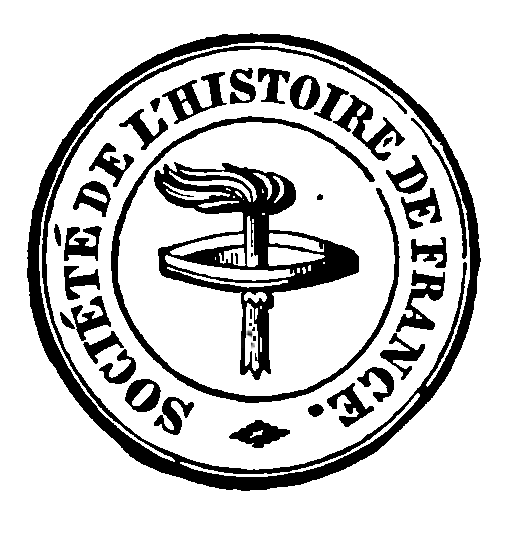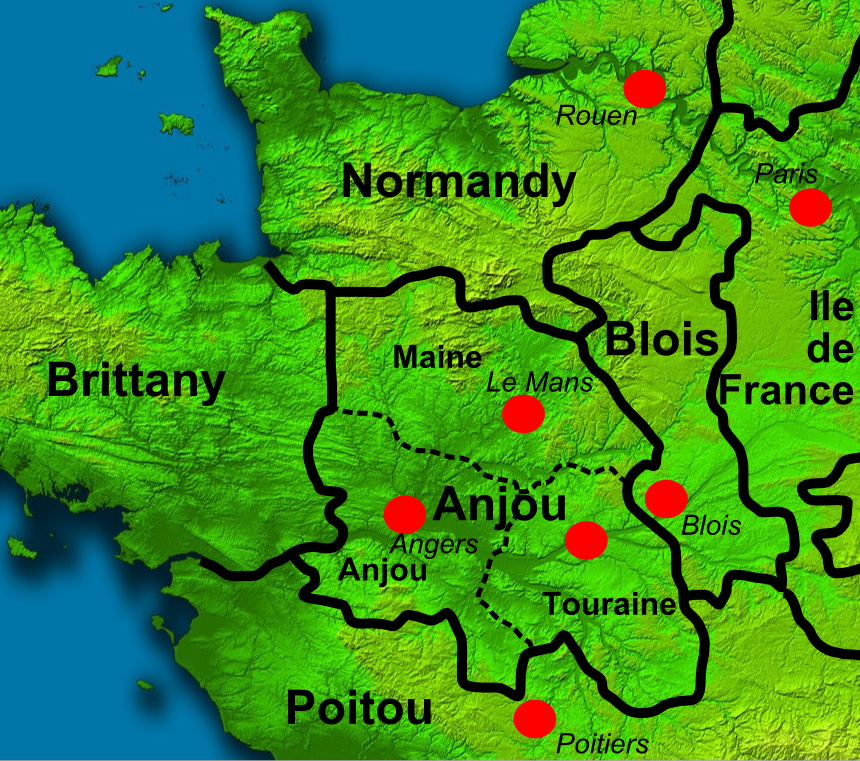|
William Marshal, 1st Earl Of Pembroke
William Marshal, 1st Earl of Pembroke (1146 or 1147 – 14 May 1219), also called William the Marshal (Norman French: ', French: '), was an Anglo-Norman soldier and statesman. He served five English kings— Henry II, his sons the "Young King" Henry, Richard I, and John, and finally John's son Henry III. Knighted in 1166, he spent his younger years as a knight errant and a successful tournament competitor; Stephen Langton eulogised him as the "best knight that ever lived." In 1189, he became the ''de facto'' earl of Pembroke through his marriage to Isabel de Clare, though the title of earl was not officially granted until 1199 during the second creation of the Pembroke earldom. In 1216, he was appointed protector for the nine-year-old Henry III, and regent of the kingdom. Before him, his father's family held a hereditary title of Marshal to the king, which by his father's time had become recognised as a chief or master Marshalcy, involving management over other Marsha ... [...More Info...] [...Related Items...] OR: [Wikipedia] [Google] [Baidu] |
Temple Church
The Temple Church is a Royal peculiar church in the City of London located between Fleet Street and the River Thames, built by the Knights Templar as their English headquarters. It was consecrated on 10 February 1185 by Patriarch Heraclius of Jerusalem. During the reign of King John (1199–1216) it served as the royal treasury, supported by the role of the Knights Templar as proto-international bankers. It is now jointly owned by the Inner Temple and Middle Temple Inns of Court, bases of the English legal profession. It is famous for being a round church, a common design feature for Knights Templar churches, and for its 13th- and 14th-century stone effigies. It was heavily damaged by German bombing during World War II and has since been greatly restored and rebuilt. The area around the Temple Church is known as the Temple. Temple Bar, an ornamental processional gateway, formerly stood in the middle of Fleet Street. Nearby is Temple Underground station. History Constr ... [...More Info...] [...Related Items...] OR: [Wikipedia] [Google] [Baidu] |
Tournament (medieval)
A tournament, or tourney (from Old French ''torneiement'', ''tornei''), was a chivalrous competition or mock fight in the Middle Ages and Renaissance (12th to 16th centuries), and is one type of hastilude. Tournaments included melee and hand-to-hand combat (weapons were often blunted to prevent serious injury), contests of strength or accuracy, and sometimes jousts. Some thought that the tournaments were a threat to public order. The shows were often held because of coronations, marriages of notable figures, births, recent conquests, peace treatises, etc. They were held to welcome of people of perceived high worth, ambassadors, lords, and so on. Finally, some tournaments were held simply for pure entertainment. Such tournaments were depicted throughout the ''Codex Manesse''. Etymology Old French was in use in the 12th century, from a verb , ultimately Latin "to turn". The same word also gave rise to the Italian (modern English ''tourney'', modern French ). The French terms ... [...More Info...] [...Related Items...] OR: [Wikipedia] [Google] [Baidu] |
Treaty Of Wallingford
The Treaty of Wallingford, also known as the Treaty of Winchester or the Treaty of Westminster, was an agreement reached in England in the summer of 1153. It effectively ended a civil war known as ''the Anarchy'' (1135–54), caused by a dispute over the English crown between King Stephen and his cousin Matilda. The Treaty of Wallingford allowed Stephen to keep the throne until his death (which was to come in October 1154), but ensured that he would be succeeded by Matilda's son Henry II. Prelude to the treaty In 1153, the Anarchy had dragged on for nearly 15 years of armed combat, in which neither King Stephen nor Empress Matilda could achieve victory in the struggle for the English throne. This long period was characterised by a breakdown in law and order and allowed rebel barons to acquire ever greater power in northern England and in East Anglia, with widespread devastation in the regions of major fighting. By the early 1150s the barons and the Church mostly wanted a long-t ... [...More Info...] [...Related Items...] OR: [Wikipedia] [Google] [Baidu] |
Modern French
French ( or ) is a Romance language of the Indo-European family The Indo-European languages are a language family native to the overwhelming majority of Europe, the Iranian plateau, and the northern Indian subcontinent. Some European languages of this family, English, French, Portuguese, Russian, Du .... It descended from the Vulgar Latin of the Roman Empire, as did all Romance languages. French evolved from Gallo-Romance, the Latin spoken in Gaul, and more specifically in Northern Gaul. Its closest relatives are the other langues d'oïl—languages historically spoken in northern France and in southern Belgium, which French (Francien) largely supplanted. French was also substratum, influenced by native Celtic languages of Northern Roman Gaul like Gallia Belgica and by the (Germanic languages, Germanic) Frankish language of the post-Roman Franks, Frankish invaders. Today, owing to France's French colonial empire, past overseas expansion, there are numerous French ... [...More Info...] [...Related Items...] OR: [Wikipedia] [Google] [Baidu] |
Société De L'histoire De France
The Société de l'histoire de France (SHF) (English: ''Society of the History of France'') was established on 21 December 1833 at the instigation of the French minister of Public Instruction, François Guizot, in order to contribute to the renewal of historical scholarship fuelled by a widespread interest in national history, typical of the Romantic period. On 31 July 1851 it was approved by President Louis-Napoléon Bonaparte as being of public interest. For over 175 years, the SHF has been one of the main forces in the publishing of texts and documents on French history. Many leading French historians of the 19th and 20th centuries have been elected to its annual presidency. Its field was initially limited to the period before 1789, but the SHF later absorbed the Société d'histoire contemporaine (1927). Its series of critical editions and its periodicals (''Bulletin'' and ''Annuaire'', combined since 1863 under the title ''Annuaire-Bulletin de la Société de l'histoire de Fr ... [...More Info...] [...Related Items...] OR: [Wikipedia] [Google] [Baidu] |
Trebuchet
A trebuchet (french: trébuchet) is a type of catapult that uses a long arm to throw a projectile. It was a common powerful siege engine until the advent of gunpowder. The design of a trebuchet allows it to launch projectiles of greater weights and further distances than that of a traditional catapult. There are two main types of trebuchet. The first is the traction trebuchet, or mangonel, which uses manpower to swing the arm. It first appeared in China in the 4th century BC. Carried westward by the Avars, the technology was adopted by the Byzantines in the late 6th century AD and by their neighbors in the following centuries. The later, and often larger and more powerful, counterweight trebuchet, also known as the counterpoise trebuchet, uses a counterweight to swing the arm. It appeared in both Christian and Muslim lands around the Mediterranean in the 12th century, and was carried back to China by the Mongols in the 13th century. Etymology and terminology It is un ... [...More Info...] [...Related Items...] OR: [Wikipedia] [Google] [Baidu] |
Newbury Castle
Newbury Castle is the name of an English adulterine castle built by John Marshal during The Anarchy. It is located west of the town of Newbury in the English county of Berkshire. The Castle is mentioned in L'Histoire de Guillaume le Marechal ('History of William the Marshal') wherein it describes King Stephen as besieging the castle in 1152 and holding Marshal's son, William Marshal, as a hostage against Newbury's surrender. When the elder Marshal refused to comply, Stephen threatened to have the young boy catapulted over the walls. John, ("that child of hell and root of all evil" according to Henry of Huntingdon) responded defiantly, "I have the anvils and the hammer to forge still better sons." King Stephen wasn't so heartless though—he relented and the boy survived. Despite appearing proudly on the town's coat of arms, Newbury Castle does not appear to have been built in Newbury at all, but four miles away in the village of Hamstead Marshall. There, the mottes of ... [...More Info...] [...Related Items...] OR: [Wikipedia] [Google] [Baidu] |
The Anarchy
The Anarchy was a civil war in England and Normandy between 1138 and 1153, which resulted in a widespread breakdown in law and order. The conflict was a war of succession precipitated by the accidental death of William Adelin, the only legitimate son of King Henry I, who drowned in the sinking of the '' White Ship'' in 1120. Henry sought to be succeeded by his daughter, known as Empress Matilda, but was only partially successful in convincing the nobility to support her. On Henry's death in 1135, his nephew Stephen of Blois seized the throne, with the help of Stephen's brother Henry of Blois, who was the bishop of Winchester. Stephen's early reign saw fierce fighting with disloyal English barons, rebellious Welsh leaders, and Scottish invaders. Following a major rebellion in the south-west of England, Matilda invaded in 1139 with the help of her half-brother Robert of Gloucester. In the initial years of civil war, neither side was able to achieve a decisive advantage; ... [...More Info...] [...Related Items...] OR: [Wikipedia] [Google] [Baidu] |
Empress Matilda
Empress Matilda ( 7 February 110210 September 1167), also known as the Empress Maude, was one of the claimants to the English throne during the civil war known as the Anarchy. The daughter of King Henry I of England, she moved to Germany as a child when she married the future Holy Roman Emperor Henry V. She travelled with her husband to Italy in 1116, was controversially crowned in St Peter's Basilica, and acted as the imperial regent in Italy. Matilda and Henry V had no children, and when he died in 1125, the imperial crown was claimed by his rival Lothair of Supplinburg. Matilda's younger and only full brother, William Adelin, died in the '' White Ship'' disaster of 1120, leaving Matilda's father and realm facing a potential succession crisis. On Emperor Henry V's death, Matilda was recalled to Normandy by her father, who arranged for her to marry Geoffrey of Anjou to form an alliance to protect his southern borders. Henry I had no further legitimate children and nomi ... [...More Info...] [...Related Items...] OR: [Wikipedia] [Google] [Baidu] |
Stephen Of England
Stephen (1092 or 1096 – 25 October 1154), often referred to as Stephen of Blois, was King of England from 22 December 1135 to his death in 1154. He was Count of Boulogne '' jure uxoris'' from 1125 until 1147 and Duke of Normandy from 1135 until 1144. His reign was marked by the Anarchy, a civil war with his cousin and rival, the Empress Matilda, whose son, Henry II, succeeded Stephen as the first of the Angevin kings of England. Stephen was born in the County of Blois in central France as the fourth son of Stephen-Henry, Count of Blois, and Adela, daughter of William the Conqueror. His father died while Stephen was still young, and he was brought up by his mother. Placed into the court of his uncle Henry I of England, Stephen rose in prominence and was granted extensive lands. He married Matilda of Boulogne, inheriting additional estates in Kent and Boulogne that made the couple one of the wealthiest in England. Stephen narrowly escaped drowning with Henry I's son, ... [...More Info...] [...Related Items...] OR: [Wikipedia] [Google] [Baidu] |
Earl Marshal
Earl marshal (alternatively marschal or marischal) is a hereditary royal officeholder and chivalric title under the sovereign of the United Kingdom used in England (then, following the Act of Union 1800, in the United Kingdom). He is the eighth of the great officers of State in the United Kingdom, ranking beneath the lord high constable and above the lord high admiral. The dukes of Norfolk have held the office since 1672. The marshal was originally responsible, along with the constable, for the monarch's horses and stables including connected military operations. As a result of the decline of chivalry and sociocultural change, the position of earl marshal has evolved and among his responsibilities today is the organisation of major ceremonial state occasions such as the monarch's coronation in Westminster Abbey and state funerals. He is also the leading officer of arms and oversees the College of Arms. He is the sole judge of the High Court of Chivalry. The current e ... [...More Info...] [...Related Items...] OR: [Wikipedia] [Google] [Baidu] |
Regent
A regent (from Latin : ruling, governing) is a person appointed to govern a state ''pro tempore'' (Latin: 'for the time being') because the monarch is a minor, absent, incapacitated or unable to discharge the powers and duties of the monarchy, or the throne is vacant and the new monarch has not yet been determined. One variation is in the Monarchy of Liechtenstein, where a competent monarch may choose to assign regency to their of-age heir, handing over the majority of their responsibilities to prepare the heir for future succession. The rule of a regent or regents is called a regency. A regent or regency council may be formed ''ad hoc'' or in accordance with a constitutional rule. ''Regent'' is sometimes a formal title granted to a monarch's most trusted advisor or personal assistant. If the regent is holding their position due to their position in the line of succession, the compound term '' prince regent'' is often used; if the regent of a minor is their mother, she would ... [...More Info...] [...Related Items...] OR: [Wikipedia] [Google] [Baidu] |
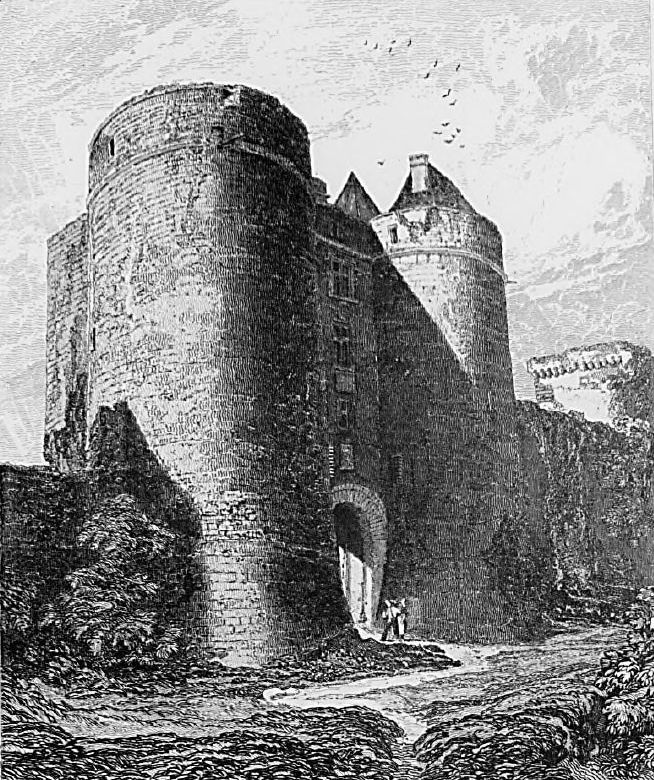
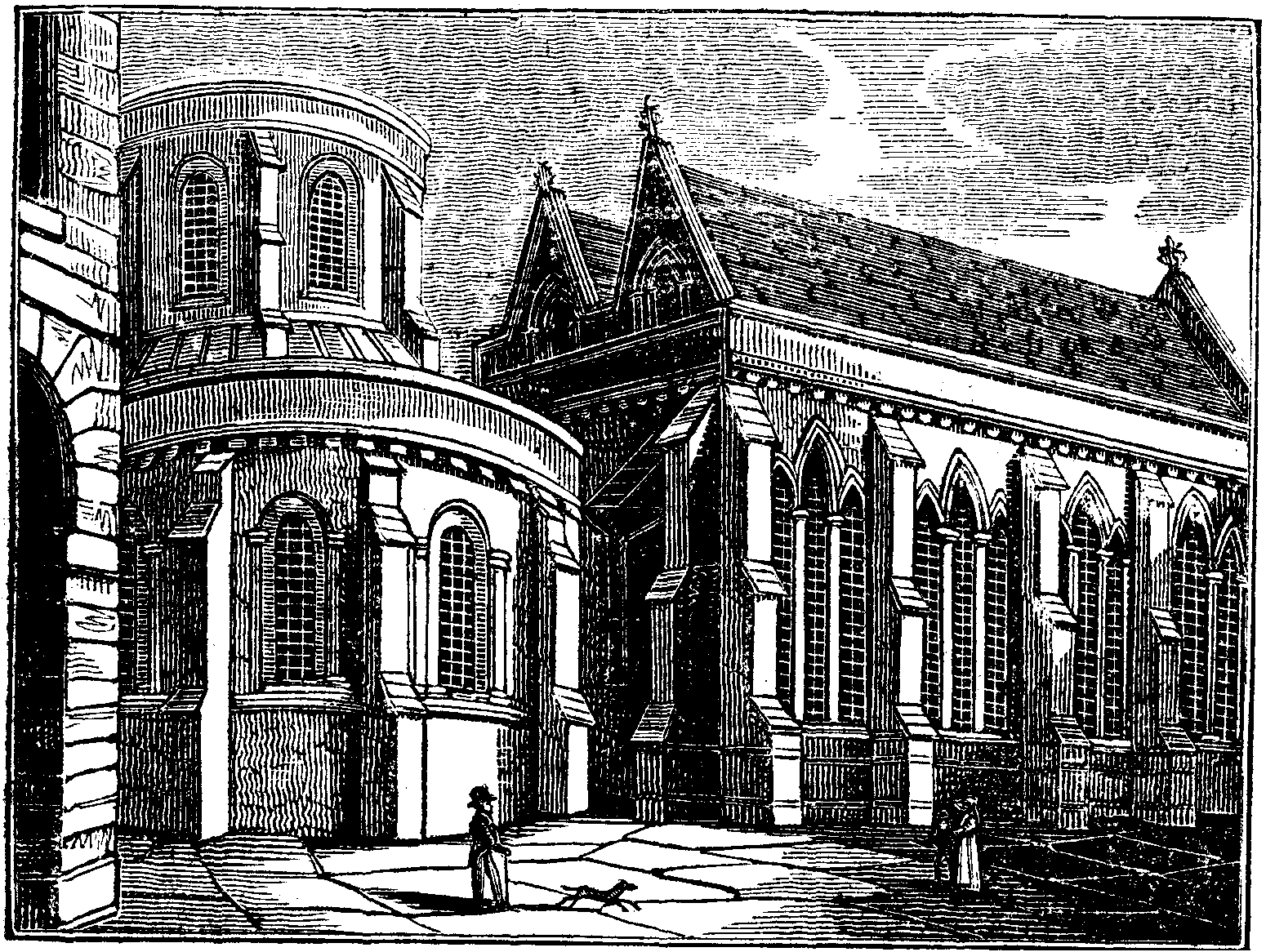
_von_Anhalt.jpg)
